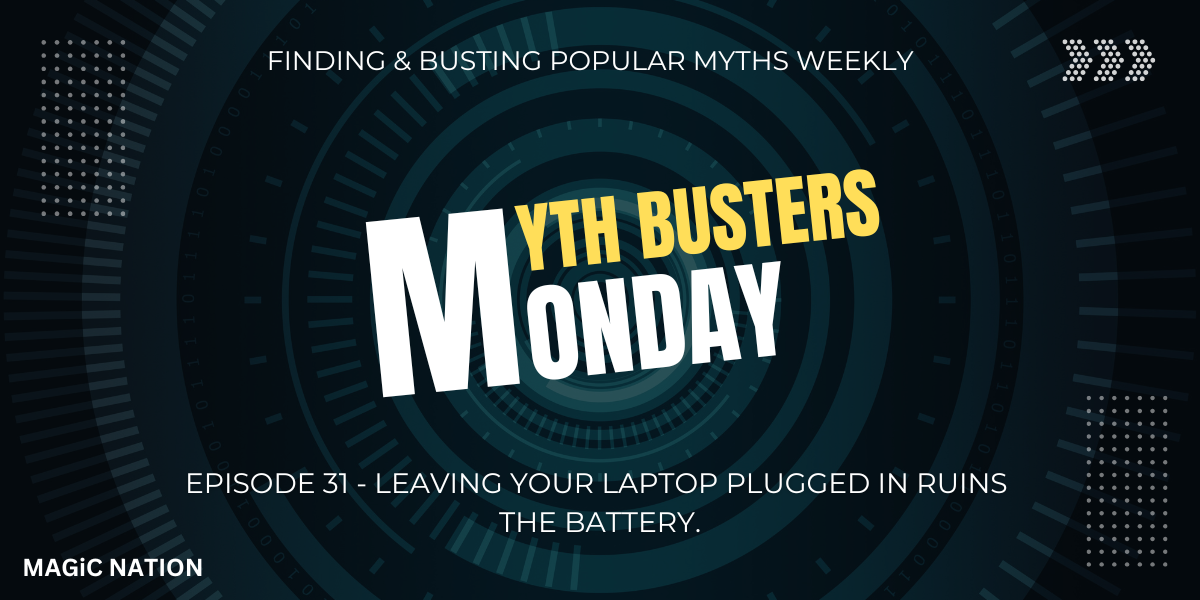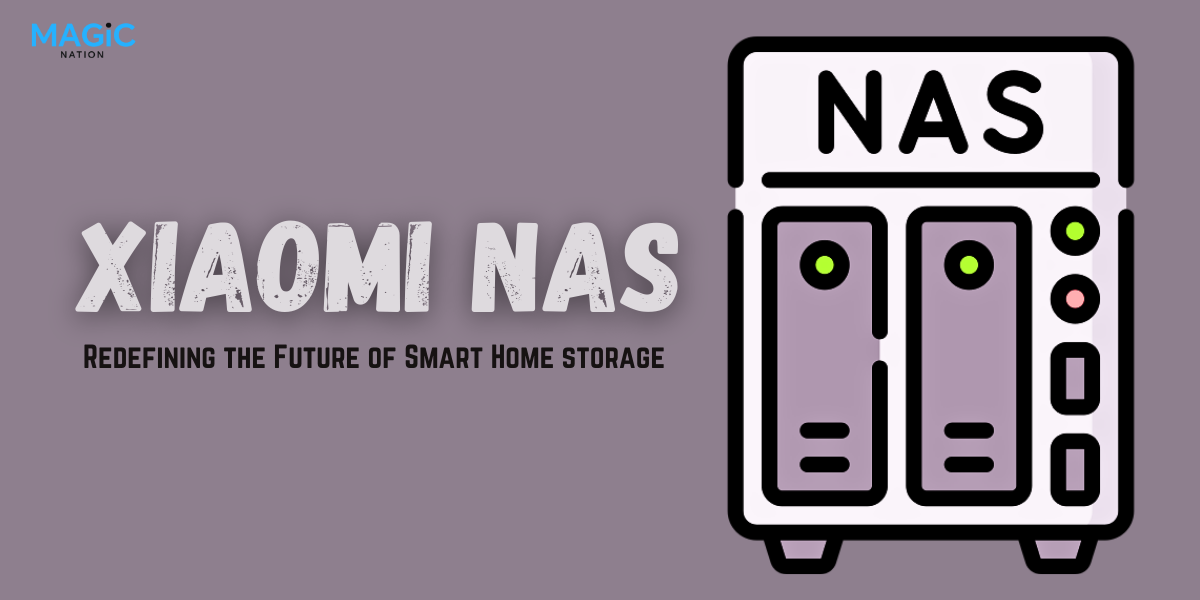
In today's digital battleground, where attackers and defenders are constantly in a game of cat and mouse, obfuscation has become a powerful weapon. But what exactly is obfuscation? Why should it matter to you? And more importantly, how can we fight back against it?
What Is Obfuscation?

Imagine reading a book where every page is filled with gibberish—sentences that don’t make sense, words that are misspelled, and some sections completely blacked out. That’s what obfuscation does to computer code. It’s a technique used to make the code incomprehensible, not just to humans but also to machines trying to read it. While this can be a legitimate tool for protecting sensitive data, it’s also a favorite trick in a hacker’s playbook.
Obfuscation can make even the most straightforward code look like an unsolvable puzzle. It scrambles the structure, adds meaningless code, and sometimes even encrypts sections to keep prying eyes away. But the truth is, this same technique that can protect your credit card information can also cloak a cyber attack.
The Dark Side of Obfuscation: When Hackers Go Stealth

Hackers have become masters of disguise, using obfuscation to hide their malicious software in plain sight. Imagine a thief who constantly changes their appearance—today, they wear glasses, tomorrow a hat. In the digital world, obfuscation helps malware do just that, changing its signature so that even the best antivirus tools can’t recognize it.
Take, for example, the infamous SolarWinds attack of 2020. The attackers didn’t just waltz in through the front door; they used obfuscation to slip through the defenses unnoticed. By the time anyone realized something was wrong, the damage was already done.
Or consider PowerShell, a tool built into Windows, which hackers have twisted into a weapon. Through techniques like string encoding and dynamic code execution, they can run their malicious code without raising any alarms.
But it doesn’t stop there. Attackers are using techniques like dead code insertion, command modification, and even ancient tricks like ROT13 encoding to keep their activities under wraps. The result? A cyber threat that’s almost impossible to detect using traditional methods.
If you think signature-based detection alone can save you, think again! Relying solely on signatures is like trying to catch a shapeshifter with a single photograph. Polymorphic and metamorphic malware change their appearance every time they’re executed, making static signatures almost useless. And let’s not forget zero-day exploits—brand new threats that your signature-based system has never seen before.Beyond Signatures: Why You Need a New Defense Strategy
This is where Network Detection and Response (NDR) tools come into play. Unlike traditional methods that focus on known threats, NDR tools look for anomalies—unusual patterns of behavior that could indicate something sinister lurking in your network. They don’t just look at the surface; they dig deep, analyzing everything from metadata to long-term communication trends.
Imagine having a security system that not only alerts you to a potential threat but also adapts to new ones before they strike. NDR tools do just that, leveraging machine learning, behavioral analysis, and advanced protocol monitoring to stay ahead of the game. They can even correlate data from multiple sources to give you a complete picture of what’s happening in your network.
So, how do you stay ahead of the curve? By embracing a multi-layered security approach. Combine traditional signature-based detection with modern tools like NDR to cover all your bases. Keep your eyes peeled for unusual network behavior and be ready to respond at a moment’s notice.The Road Ahead: Fortify Your Defenses Now!
Remember, obfuscation is just one of the many tricks attackers use to outsmart you. But with the right tools and a proactive strategy, you can unmask even the most cunning threats. After all, in the world of cybersecurity, knowledge isn’t just power—it’s your best defense.
Is your network ready to face the unknown? The answer could be the difference between a close call and a full-blown breach.






















